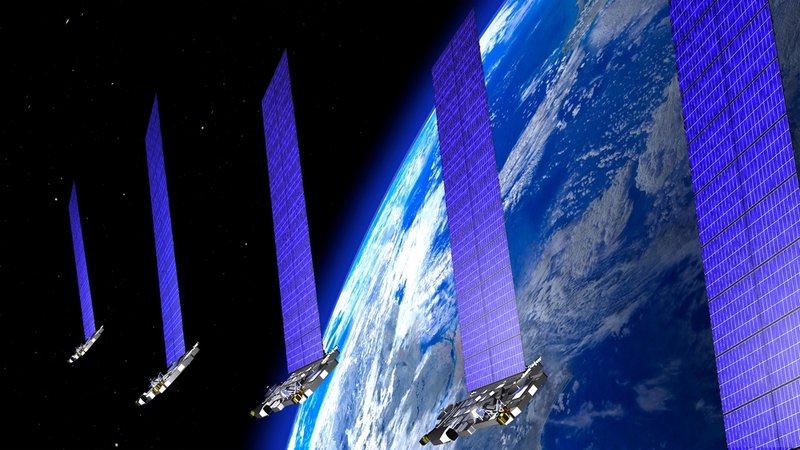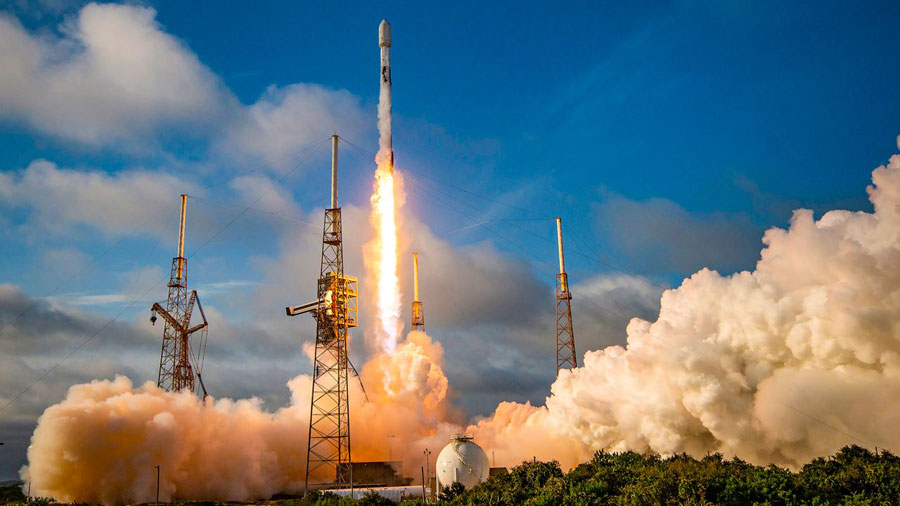
Satellites like Starlink, launched by SpaceX, have been a topic of controversy among scientists due to their potential risks. With thousands of Starlink satellites in orbit, there are concerns about the impact on the environment and human health. One recent study suggests that these satellites could release significant amounts of aluminum oxide into the atmosphere, which could thin the ozone layer.
Potential Ozone Layer Threat
A study conducted by researchers at the University of Southern California highlights the potential danger posed by the increasing number of satellites in orbit. The study, published in the journal Geophysical Research Letters, points out that as these satellites re-enter the Earth's atmosphere, they could produce aluminum oxide particles that may have long-term effects on the ozone layer.
According to Joseph Wang, one of the study's authors, "Only in recent years have people begun to consider that this might be a problem. We are one of the first teams of scientists to look at the implications of these facts."
When a small satellite is no longer operational and re-enters the Earth, it can produce around 30 kg of aluminum oxide when burned up. By the year 2022 alone, the fallen satellites may contribute to approximately 17 tons of small aluminum oxide particles. The cumulative effect of all planned satellite constellations could result in the release of over 350 tons of aluminum oxide annually, a significant increase compared to natural atmospheric levels.
Concerns About Satellite Deployment

SpaceX, along with other tech giants like Amazon, has plans to deploy thousands of satellites in the coming years to provide global internet coverage. This rapid increase in satellite launches raises concerns among scientists about the potential disruption of the vital ozone layer.
The ozone layer in Earth's atmosphere plays a crucial role in absorbing harmful ultraviolet radiation from the sun. Any significant disturbance to this layer could have severe consequences, from increasing the risk of skin cancer to disrupting crop yields and food production. The researchers emphasize the need to further explore the environmental impacts of satellite re-entries, as these consequences are still not fully understood.
"Demand for global internet coverage is driving the launch of small communication satellites, but the environmental impact of satellite re-entries is still not well understood," explain the scientists.
Conclusion
As the deployment of satellite constellations like Starlink continues to grow, it is essential to consider the potential risks they pose to the environment and human health. While satellite technology offers numerous benefits, including global connectivity and communication, it is crucial to mitigate any adverse effects on the ozone layer and overall environmental balance.
Further research and regulation may be necessary to ensure that the benefits of satellite internet do not come at the expense of Earth's ozone layer and environmental well-being. As we navigate the expanding reach of satellite technology, it is crucial to prioritize sustainability and environmental protection to safeguard our planet for future generations.



